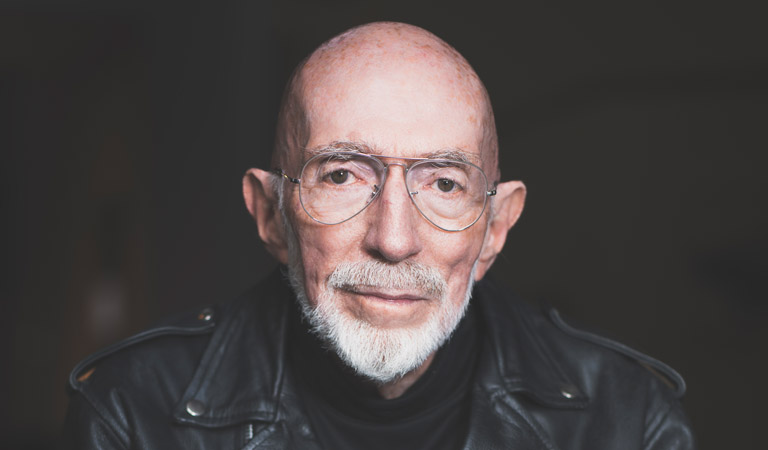Nelson Series: “Doing the Impossible: Journeys Across Space and Time,” Kip Thorne
November 12, 2025 5–6 p.m.

Location
Galileo Hall
240 Platt Blvd.
Claremont, CA 91711
Contact
Annette Ramos
specialevents@hmc.edu
909.607.4263
Details
The 2025 Nelson Series explores innovation at the intersection of STEM, space and human possibility. Nobel Laureate Kip Thorne will reveal the decades-long effort to detect gravitational ripples in spacetime created by colliding black holes, exotic objects he helped bring to life in the movie Interstellar.
Kip Thorne, Theoretical Physicist and Nobel Laureate
5 p.m. Community Reception & Book Sales - Galileo Foyer and patio
6 p.m. Lecture followed by book signing - Galileo Hall
“My Half-Century Quest, with a Thousand Colleagues, to Create Gravitational Wave Astronomy”
Thorne will present a series of vignettes that illuminate the birth of gravitational-wave astronomy: from seminal ideas in the 1960s; through a horrendously difficult technology development program, political battles, human conflicts and $1.1 billion of taxpayer money; to the first observation of gravitational waves by the Laser Interferometer Gravitational-Wave Observatory (LIGO) in 2015; and onward to LIGO today observing several black hole collisions each week.
Bio
Thorne was born in 1940 in Logan, Utah, USA, and is currently the Feynman Professor of Theoretical Physics, Emeritus at the California Institute of Technology (Caltech). From 1967 to 2009, he led a Caltech research group working in relativistic astrophysics and gravitational physics, with emphasis on relativistic stars, black holes, and especially gravitational waves. Fifty-three students received their PhDs under his mentorship, and he mentored roughly 60 postdoctoral students. He co-authored the textbooks Gravitation (1973, with Charles Misner and John Archibald Wheeler) and Modern Classical Physics (2017, with Roger Blandford), and was sole author of Black Holes and Time Warps: Einstein’s Outrageous Legacy.
Thorne cofounded (with Rainer Weiss and Ronald Drever) the LIGO (Laser Interferometer Gravitational-Wave Observatory) Project. LIGO—in the hands of a younger generation of physicists—made the breakthrough discovery of gravitational waves arriving at Earth from the distant universe on Sept. 14, 2015. For his contributions to LIGO and to gravitational wave research, Thorne shared the 2017 Nobel Prize in Physics, and other major awards.
In 2009 Thorne stepped down from his Caltech professorship to ramp up a new career at the interface between art and science. This new career has included, among other things, a recent book The Warped Side of our Universe, consisting of Thorne’s poetry tightly integrated with paintings by Lia Halloran; also Christopher Nolan’s 2014 movie Interstellar (which sprang from a Treatment Thorne co-authored, and for which he was executive producer and science advisor), and Kip’s book The Science of Interstellar. Thorne is working with colleagues on a detailed history of LIGO.
The Nelson Series
The Bruce J. Nelson Distinguished Speaker Series is made possible through the generosity of the family of Bruce J. Nelson ’74. Nelson was a brilliant technologist and leader, who developed the remote procedure call protocol and who, at the time of his death, was the chief science officer at Cisco Systems. The speaker series addresses global technical issues and their social, economic and political challenges—a reflection of Harvey Mudd College’s vision of STEM for a Better World.